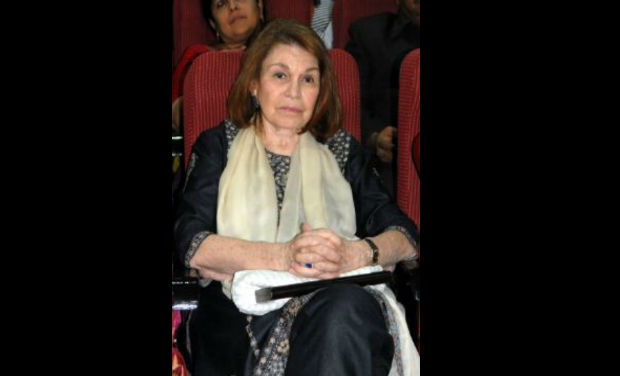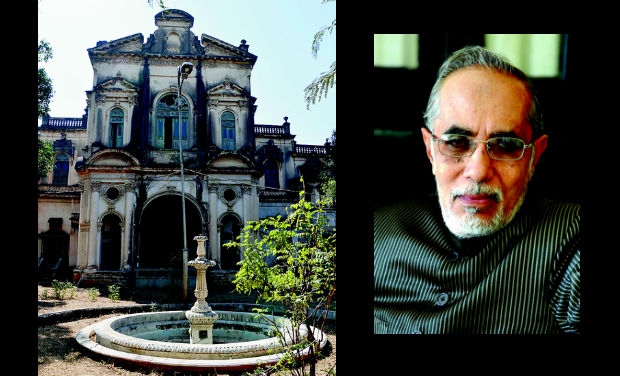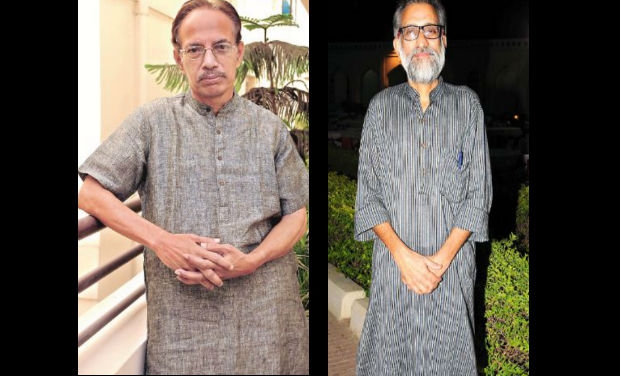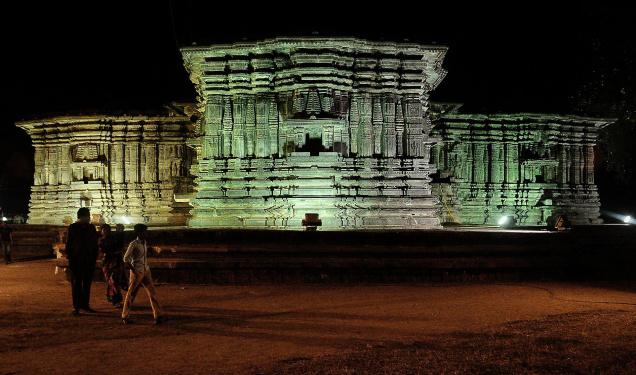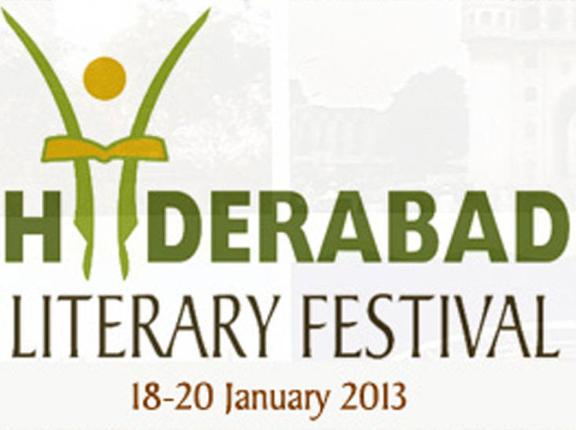
Cupping therapy, an ancient Chinese therapy also known as hijama in Arabic, draw 500 – 800 patients in the City every day, doctors say.
According to experts, this unconventional therapy, which combines acupressure and acupuncture, is used for curing various diseases, both chronic and mild.
Though this is known to the world as traditional Chinese medicine, several Unani doctors in Hyderabad claim this is a science from West Asia. Most of the cupping therapy centres are located in Medhipatnam and surrounding areas.
This therapy is part of a major branch of medicine known as ‘regimental therapy,’ taught in Unani medicine. Dr Md Ahsan Farooqui, assistant professor at the postgraduate department of medicine, Government Unani College, was the first documented person to perform hijama in India.
Having been reduced to theory rather than practice until recent years, this doctor thought of reviving the therapy in India and performed the first trial in 2008. He said one of the reasons this is gaining acceptance among traditional Muslim families is due to the reference of this therapy as pain reliever in the ‘discourses of Muhammed’ (Hadith).
Claiming to attend to about 15,000 cases in various parts of country, Dr Farooqui demonstrated the therapy to medical students and postgraduates in Delhi, Kolkata and Kozhikode.
With the increasing acceptance from various sections of the society, these therapy centres are burgeoning in areas like Tolichowki and parts of Old City. According to the doctor, the number of patients visiting these centres every day is around 500-800. Though there are about 50 centres giving this therapy, those that are considered to be of good standards, with well qualified therapists, are few.
Each session stretches to an average of four weeks, with four sittings per week. Private clinics charge between `2,000 and `2,600. Obesity, thyroid, skin diseases, back pain, cervical spondylitis, liver diseases, varicose veins, brain tumour and paralysis are some of the diseases that can be treated with cupping therapy. With the success percentage comparatively higher than acupuncture and acupressure, doctors predict a bright future for it.
N Arun Kumar, acupuncturist and hypnotherapist based in Secunderabad, combines acupuncture with cupping therapy. “I learned this from my visits to the far-East, where it is widely practiced,” he said.
Some doctors like Musab Hashmi, who recently developed a love for this therapy, are following the lunar calendar, and arranging special camps for patients. “As it is mentioned in some hadiths (sayings of prophet), there are few important dates on which this could be done. Interestingly, I am getting good results when I perform hijama on these days.”
source: http://www.postnoon.com / Home> City / by Md. Nizamuddin / January 20th, 2013
